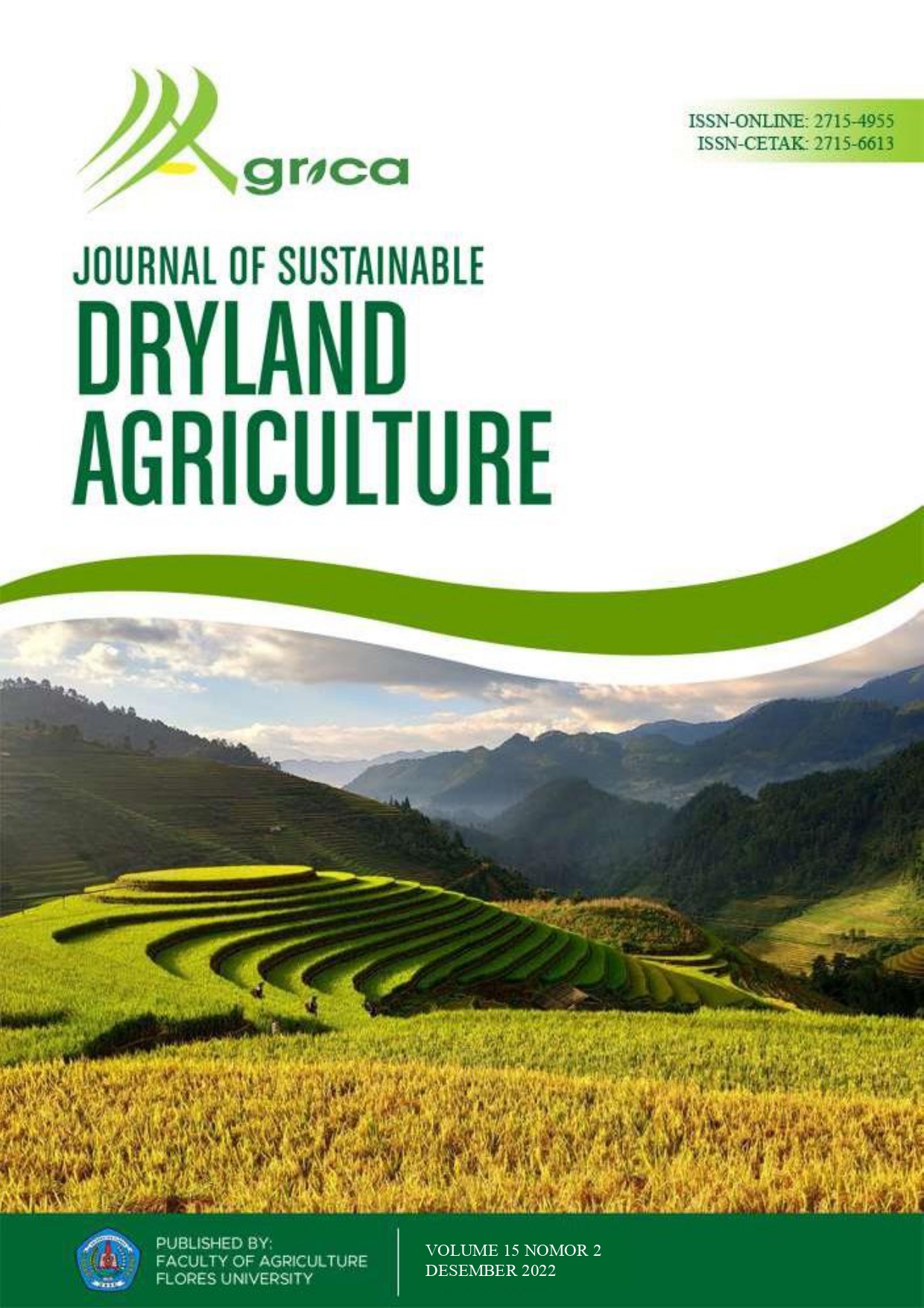POTENSI PENGENDALIAN HAYATI HAMA SPODOPTERA FRUGIPERDA UNTUK KEBERLANJUTAN PRODUKSI JAGUNG
DOI:
https://doi.org/10.37478/agr.v15i2.2313Abstract
The armyworm Spodoptera frugiperda, which damages corn plants, is one of the invasive pests. The armyworm S. frugiperda damages corn plants by eating leaf tissue from one side so that the remaining epidermal tissue then makes holes in the leaves and eats from the edge of the leaf to the inside, which causes perforation in the leaves. Control efforts using insecticides have not been practical due to the feeding behaviour of the second and third instar larvae that settle on the inside of the leaves under protected conditions. Therefore, it is necessary to carry out other control techniques that can suppress the development of environmentally friendly S. frugiperda by considering economic and ecological aspects, namely biological control.
Biological control optimizes the role of natural enemies as biological control agents in efforts to manage pest populations which are part of the chain in agroecosystems. Utilization of natural enemies, parasitoids, predators, and pathogen, can suppress the development of the S. frugiperda pest in corn, reducing the use of synthetic pesticides. Natural enemies of S. frugiperda include the egg parasitoid Telenomus sp. and Trichogramma sp.; larva parasitoid Glyptapanteles creatonoti (Viereck), solitary larval parasitoid Campoletis chlorideae Uchida, and parasitoid larvae of the order Hymenoptera: Ichneumonidae: Ichneumoninae and G. creatonoti. as well as an entomopathogenic species, Nomuraea rileyi (Farl.) Samson. Natural enemies can control S. frugiperda pests to save sustainable maize yields based on the basic principles of sustainable agriculture models. Agroecological steps are taken to reduce the population of S. frugiperda in corn plants by:/ (1) sustainable management of soil fertility, primarily actions that maintain or store soil organic carbon; (2) intercropping with properly selected companion plants; and (3) diversification of the agricultural environment through the management of (semi) natural habitats at various spatial scales.


















